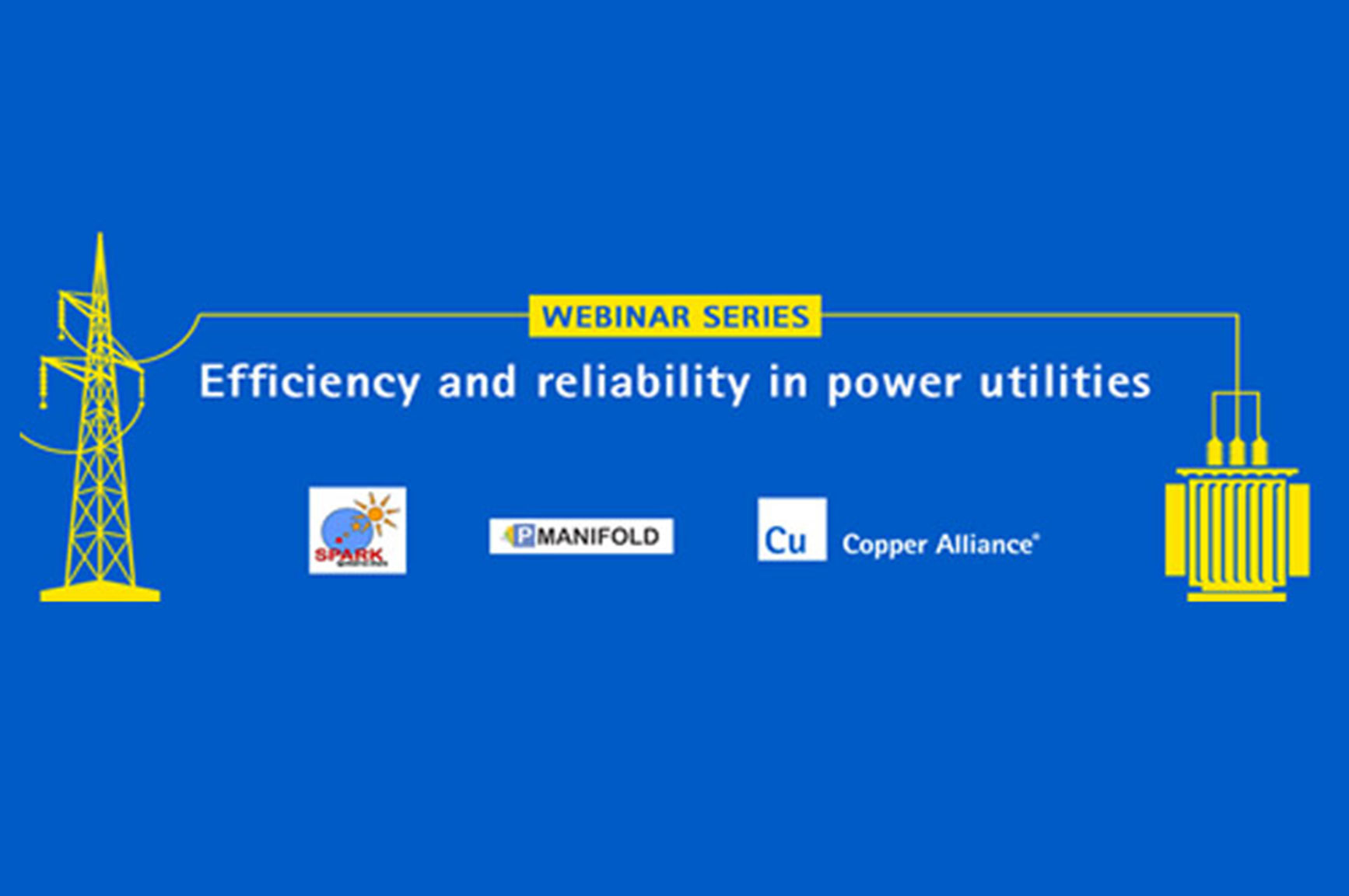
What makes Ester oil-based DT right choice for users to enhance safety at reduced running cost
The global unfolding of COVID-19 pandemic has left many individuals and communities filled with concern and brought nations to their knees. The International Copper Association (ICA) stands with its members as they focus on the health, safety and well-being of their employees, their families and the communities in which they operate. We are witnessing the catastrophic impact of pandemic in form of substation / transformer bursting into flames, gas leak, boiler burst and many such incidents completely disrupting industry and life in various parts of India. As we step gradually into unlock versions of the economy, we are eager getting into full throttle while efficiency and productivity firmly in our radar. However, nothing is more important than human lives as we confront such crisis. Maintaining integrity of electrical systems to deliver the all-purpose energy and Electrical safety is on top of agenda for business enterprise owners and decision makers while doing risk management of their business operations. We believe knowledge sharing is one form of co-operation towards shared learning that keep us ready for any such emergencies and ‘Sharing is Caring’.
Electricity Distribution is nothing but keeping the ‘Life On’, and more importantly the ‘Lives safe’. It depends on ‘Reliable and Efficient infrastructure. Distribution Lines, Distribution Transformer (DT), Substation which are few of the vital high capex asset for DISCOMs and Buildings.The impact of the Covid-19 pandemic is being felt across the energy system, and the management response will shape our future for decades to come.
Effective asset management is all about achieving the right balance between cost, risk and performance. Focus should be on areas to manage current risks now, as well as providing a roadmap for future asset management through technology improvement. We are seeing that in IT and Communication areas already in human race response to overcome the challenges thrown by Carona.
With some benchmarking data from few DISCOMs it is estimated that the average overall technical losses in DTs with these DISCOMs could be as high as 3%, compared to 0.5% ideal value. High failure rate of 15% plus and downtime is another key concern. These have resulted in poor DISCOM performance during each planning period and increasing technical losses. The ideal strategy is a life cycle management program, that establishes a loading policy for individual transformers, and provides asset management direction to identify:
- Transformers that can continue to operate as-is (some loaded beyond nameplate),
- Transformers that can be modified or refurbished;
- Transformers that should be re-located and
- Transformers that should be retired.
Approximately 30% of U.S. utilities reported that they have already developed some form of dynamic loading (or over-loading) policy for their transformers, based on thermal limits (top oil temperature, hot spot temperature, thermal gradient etc). In South Africa and Brazil dual rated transformers have proved their mettle in ensuring high degree of safety in crowded place while meeting basic need of supplying electricity 24 x 7 basis.
This makes DT one of the key intervention areas for the Buildings and or DISCOMs through renovation and up-gradation or adoption of new technology to bring down overall Technical losses and Risk Factor involved.
While commercial losses are reflective of management efficiency and people accountability, which have to be enforced, the technical losses and risk mitigation can be controlled through proper planning, technology induction, procurement, quality assurance, installation and O&M practices. Users can do much better by taking steps to prolong asset life without compromising on electrical safety related accidents, thus avoiding the need for managing reputation and costly repair or replacements, as far as practicable, and save on downtime costs as well, particularly during emergencies.
The webinar series “Efficiency and Reliability in Power Utilities” is a joint initiative of ICAI along with pManifold Business Solutions and Spark Group. This webinar, fifth in the series, will bring Indian experts sharing their experiences from the field and answer the following questions:
- How has been their experience in Distribution system, DT and it’s critical role to deliver reliable, efficient and safe supply to consumers?
- How the policy makers and electricity regulator look at its role to keep DISCOM fighting fit!
- What are the key reasons of high failure in India and where we are going wrong! How DISCOMs can meet their key KPIs by ‘doing more with less’
- What new technology and best practices can be adopted by Indian DISCOMs or high-density urban conglomerates or high rise buildings from specifying to upkeeping for getting best of their vital assets in electrical distribution system?
- What planning /decision matrix support is always needed to be in preparedness for quality supply delivery including such time for crisis?
- What are ways for DISCOMs or Building Owners to carry out Risk based asset management for DTs?
- What are new technologies to address safety, prime concern at all cost, in highly populated areas or buildings for today and tomorrow?


